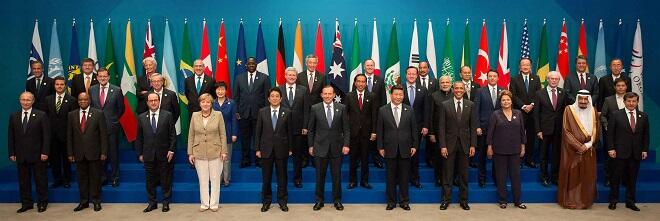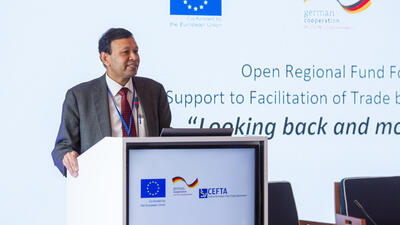
Promoting growth by reducing barriers to trade
The business community believes in open borders because the most efficient and productive economy is a truly global economy in which goods, services, capital and labour move freely to where they are needed most. Open borders are the closest guarantee of continued growth and higher global living standards. They are the bedrock on which all trade-promotion policy must rest.
Despite the stresses of the years following the global financial crisis of 2008-09, tariffs overall have remained minimal and stable. This means the greatest gains are to be made by identifying and reducing non-
tariff barriers. This would help make global supply chains more efficient. In addition, trade agreements should be structured to deliver practical improvements for businesses at any scale. These are the recommendations of the B20 to the G20 leaders this year on trade.
Many significant non-tariff barriers can be addressed through trade facilitation. The World Trade Organization’s (WTO) Trade Facilitation Agreement (TFA), signed at Bali in December 2013, the TFA sets out to curb the trade-stifling red tape that has accumulated around the customs procedures of a great many trading nations.
Although G20 countries have committed to implementing the TFA there is no clear timetable for ratification. For that reason, the international business community believes countries should focus immediately on cutting red tape in customs procedures. These should be automated for consistency and speed, which in turn will reduce opportunities for corrupt practices. Each country that does so will increase its own trade volumes regardless of what other countries do.
These practical, mechanical improvements should be easy wins because they deliver obvious benefits and do not require international negotiation. As some developing countries may not have the capability to implement them on their own, it behoves the international community to provide deliberate, targeted assistance to achieve these reforms where it is needed and wanted.
Trade-related infrastructure is important as well, particularly for goods. Reducing resource wastage through improved infrastructure would have real impacts on the livelihood of the average citizen. For example, as much as 30% of food is lost or wasted between farm and fork during handling, storage, processing, packaging, distribution and at market. This comes at an estimated economic cost of US$750 billion.
For trade in services, regulatory barriers such as localization and foreign ownership requirements have the greatest impact. They are also the simplest – if not always the easiest – to address because they require primarily changes of political will and not necessarily investment in infrastructure or process reform. International harmonization of regulations would greatly support trade in services.
The proliferation of preferential trade agreements (PTAs) has provided further gains to trade as the output from the WTO has slowed. However, poorly structured PTAs are under-used by small and medium-sized enterprises (SMEs) because of their complexity. Assisting SMEs to make better use of PTAs, and ensuring PTAs use standardized elements, could encourage many SMEs to enter trading markets for the first time.
If genuine progress is made on just some of these fronts, the resulting increase in trade will drive noticeably stronger economic growth, more jobs and higher standards of living.










